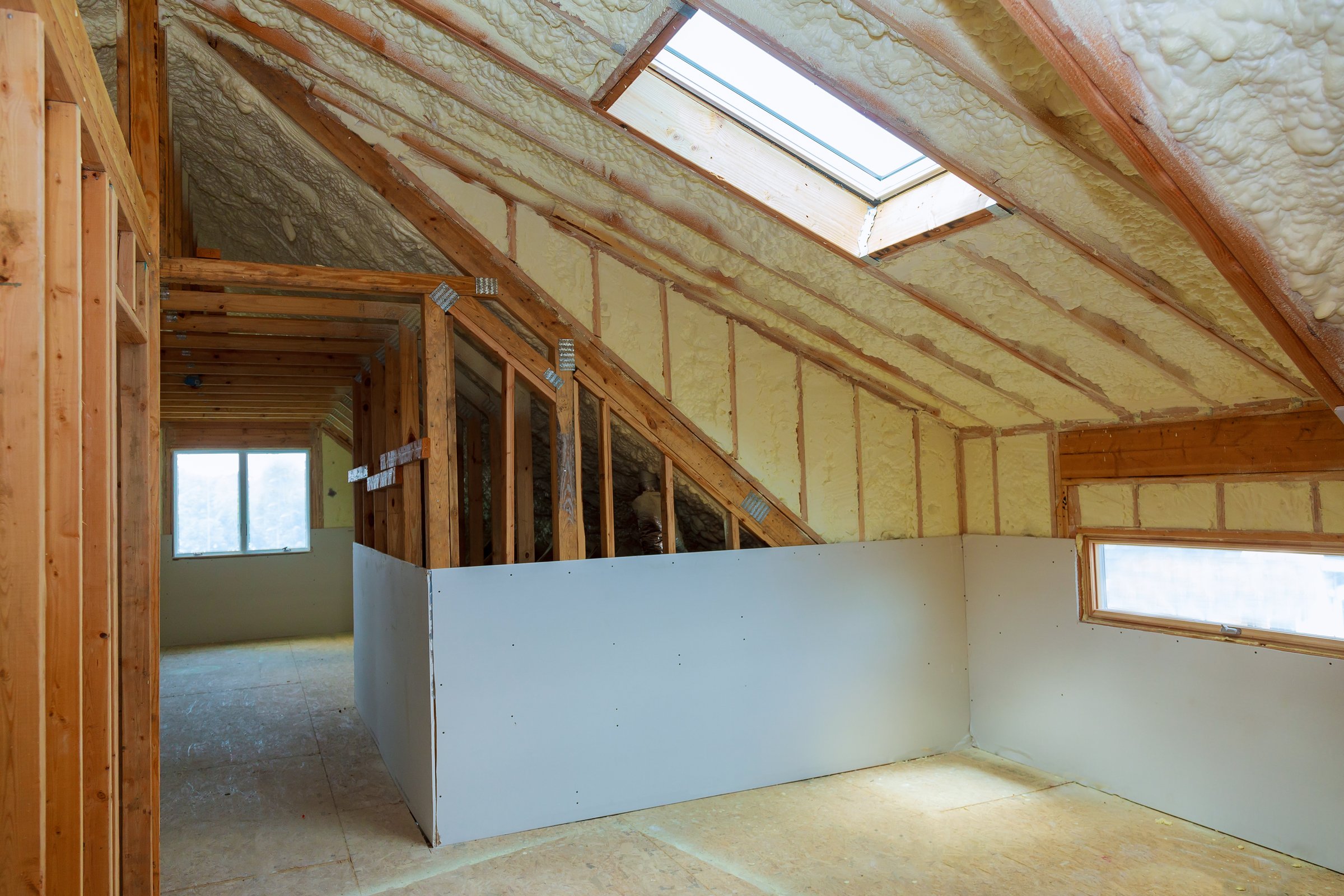🥶 Why You Still Feel Drafts After Insulating the Attic

Many homeowners assume that installing new attic insulation will immediately resolve the drafty feeling in their homes. However, even after an insulation upgrade, some still experience cold spots in the home, leading to frustration and confusion. The problem often lies not in the insulation itself but in overlooked issues such as air leaks, which can significantly impact energy efficiency.
🧱 The Limits of Insulation

Attic protective layer plays a vital role in enhancing the energy efficiency of your home by slowing down heat transfer. Whether you opt for batt insulation, spray foam, or blown-in cellulose, these materials create a thermal barrier that helps regulate temperature. However, insulation alone cannot prevent air from infiltrating your living space. Air leaks, which often stem from cracks, gaps, and holes, are the primary culprits behind persistent drafts, even when the attic is fully insulated.
🛠️ The Role of Air Sealing in Combating Drafts
Air sealing is just as important as insulation when it comes to maintaining a comfortable indoor environment. Insulation can slow the flow of heat, but if cold air is continuously entering the home, it will counteract the benefits of insulation. Air leaks vs insulation is a common confusion, where many believe that just installing more insulation will solve the issue. In reality, air sealing prevents unwanted air movement from outside, ensuring that the temperature inside remains consistent.
🕳️ Common Areas for Air Leaks
One of the primary areas where air infiltration occurs is between the attic and living spaces. Even in well-insulated attics, small gaps or holes in the structure can let air pass through. This is particularly common in areas where utilities, wiring, or ductwork penetrate the attic floor. Here are some typical attic-to-living-space leakage pathways that are often overlooked:
Attic Hatches: Poorly sealed attic hatches are one of the most significant sources of air leakage. These often feature inadequate weatherstripping or gaps that allow air to pass through.
Wiring and Pipe Holes: Any space around electrical wiring or plumbing pipes that pass through the attic floor can become a pathway for air to leak into the living areas below.
Ductwork Connections: HVAC ductwork, especially where it transitions from the attic to living spaces, can have gaps that lead to air leaks.
Chimney and Ventilation Openings: Areas where chimneys or vent pipes exit the attic are common entry points for air infiltration.
🔍 The Importance of Diagnostics
When dealing with drafts, the most effective way to pinpoint air leaks is through diagnostic testing, such as blower door testing. This method uses a powerful fan to depressurize the home, helping technicians locate gaps where air is entering. This testing can reveal areas that might not be immediately obvious and ensure that proper sealing measures are implemented in addition to attic insulation.
Skipping diagnostics can lead to frustration, as insulation alone may not resolve the root cause of the drafts. Without sealing air leaks, your newly insulated attic might still allow cold air to flow through, causing discomfort and wasting energy.
⚡ How Proper Air Sealing Improves Energy Efficiency
Once air leaks are properly sealed, the efficiency of your attic insulation can be maximized. By preventing air infiltration, your home retains more heat during the winter and stays cooler in the summer. This not only enhances comfort but also reduces the load on your HVAC system, leading to lower energy costs. Sealing air leaks and upgrading insulation simultaneously can be the key to eliminating those persistent cold spots in the home and ensuring that the benefits of your attic padding investment are fully realized.
🚫 Why You Shouldn’t Rely on Insulation Alone
While heat shield is an essential part of maintaining a comfortable and energy-efficient home, it is not a one-size-fits-all solution. The proper balance between insulation and air sealing is crucial for eliminating drafts and cold spots. Insulation cannot compensate for gaps, cracks, and holes in the attic that allow air to infiltrate. Without addressing these leaks, the insulation’s ability to regulate temperature is compromised, and your home will still feel drafty despite the upgrade.
🧰 Essential Role of Air Sealing and Insulation

The most effective way to resolve drafts in your home is to take a holistic approach that includes both air sealing and attic padding. By addressing air leaks vs insulation, you can ensure that your home stays comfortable year-round and that your energy efficiency is maximized. Relying solely on insulation can be a mistake, as it often overlooks the larger issue of air infiltration. Through careful inspection and diagnostic testing, you can identify and seal the leaks that are contributing to the persistent drafts, ultimately achieving the comfort and energy savings you expect.
By focusing on the combination of insulation and air sealing, homeowners can significantly improve their home’s energy performance and ensure that their insulation upgrades deliver lasting results.










